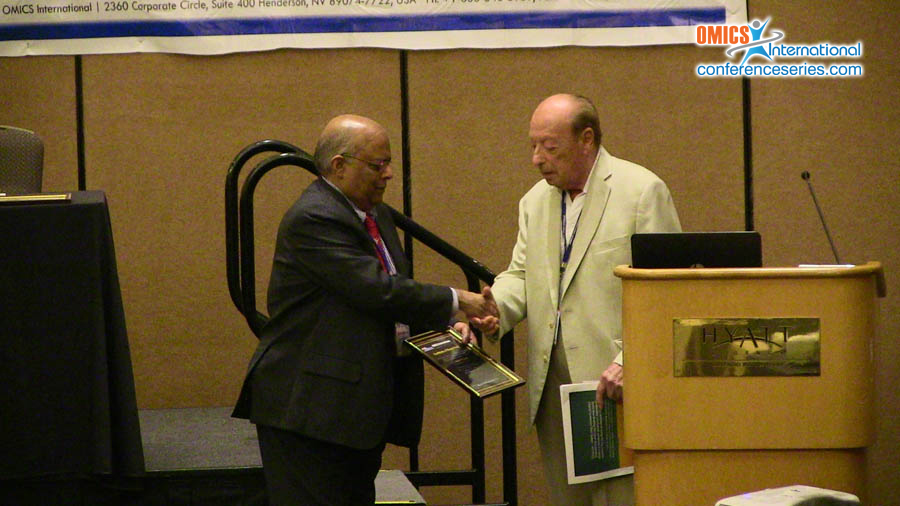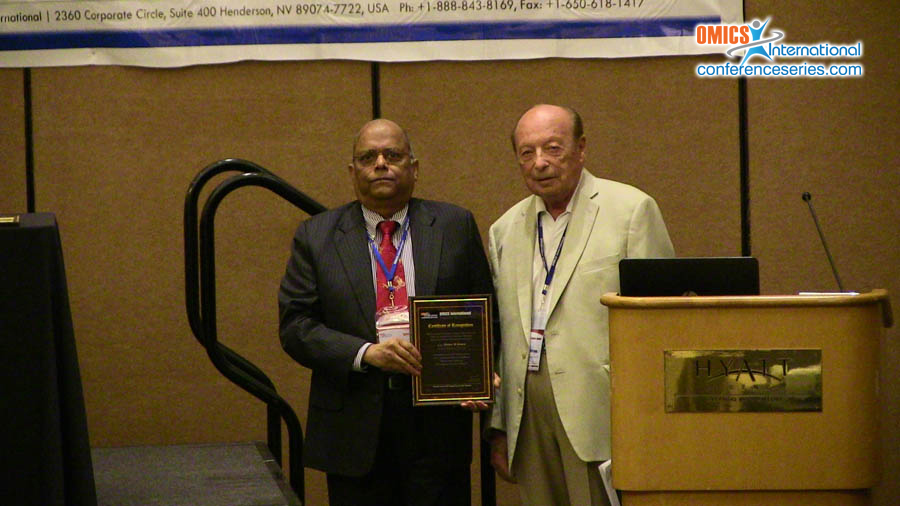
Dieter M Gruen
Dimerond Technologies, LLC, USA
Title: Hybrid conversion solar system (HYCSOS): Affordable solar electricity by doubling the power from sunshine
Biography
Biography: Dieter M Gruen
Abstract
Solar electricity today is still too expensive by about a factor of two compared to electricity generated by using fossil or nuclear fuels. The Hybrid Conversion Solar System (HYCSOS) is being developed to make solar electricity competitive in the market place by converting sunlight to electricity much more efficiently than has ever been possible before. HYCSOS technology accomplishes this by combining photovoltaic (PV or direct) and thermal (indirect) conversion in a single facility with the combined power output of separate PV and thermal power plants. This approach would lower the cost of solar electricity by about a factor two by strongly reducing plant capital costs.
HYCSOS technology disposes a new generation of solar cells in thermal contact with the heat receiving elements of Concentrating Solar Power (CSP) plants. These special solar cells use wide band-gap aligned nanowire cores coated with graphene to operate efficiently at a temperature of 400 C where CSP plants convert heat to electricity. In this way, light is converted to electricity using both PV and thermal conversion simultaneously.
The special HYCSOS cells are designed in such a way as to incorporate and to take full advantage of two major recent advances in nanotechnology: the discovery of graphene for which the 2000 Nobel Prize in Physics was awarded and certain astounding, recently explored properties of self-assembled nanowire arrays. The program to construct and test such cells is based on at least two highly favorable considerations: the existence of graphene/wide band-gap semiconductor diodes that show current rectification properties at temperatures as high as 900 C and recent experiments supported by quantum mechanical calculations showing that charge transfer at graphene/wide band-gap semiconductor junctions exceeds electron/hole recombination rates. Experiment and theory combine therefore strongly to encourage the further development of the HYCSOS concept.



